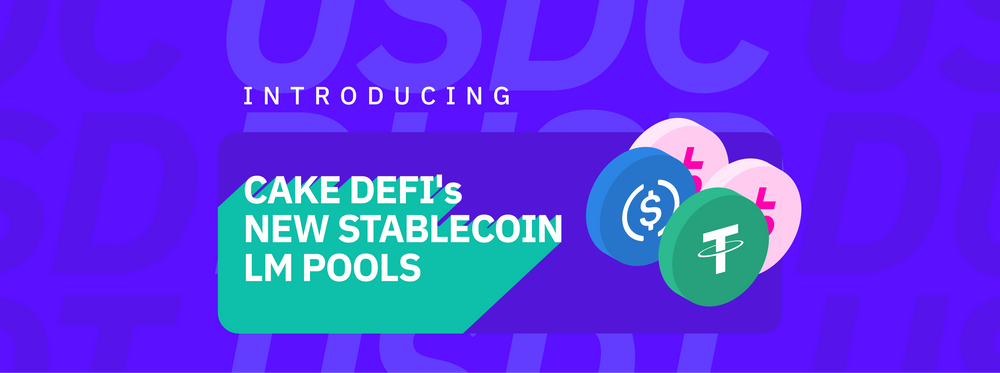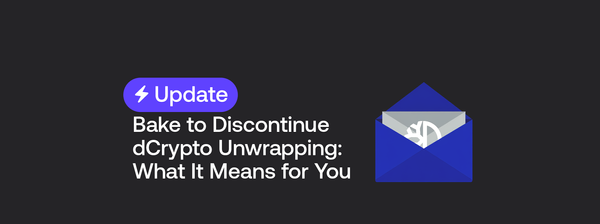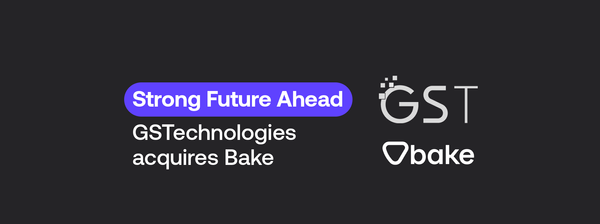INTRODUCING CAKE DEFI's NEW LM POOLS - Allocate funds now and earn rewards at around 30% APR
Beginning today, 4 August 2022, users of Cake DeFi’s Liquidity Mining service will be able to allocate funds into our first-ever DUSD stablecoin paired liquidity mining pools: USDT-DUSD and USDC-DUSD.
How much yield can users potentially generate from these pools?
Allocated funds can yield at around 30% APR. However, it is important to note that the APR percentage may change as more users participate and more funds are allocated into these pools.
Since each pool has a stablecoin pairing, does it mean that the funds allocated in these pools are less exposed to impermanent loss risk?
Impermanent loss is a risk that is associated with liquidity mining, and one that participants should always consider before deciding to allocate funds into any pool. Although it’s fair to assess that impermanent loss risk is quite low in liquidity mining pools that have stablecoin pairings, participants should acknowledge the fact that the risk is still present due to DUSD’s algorithmical stablecoin nature.
To know more about impermanent loss, you may click here.
Is it safe to use Cake DeFi’s Liquidity Mining service?
As a technical intermediary, Cake DeFi is able to provide transparency throughout its platform when it comes to deposits, withdrawals and investment decisions.
Users of our Liquidity Mining service, specifically, benefit from the fact that their assets are deposited and locked in liquidity pools on the DeFiChain blockchain. All transparency reports, protocols and features are available via our transparency page. Users may also use tools such as DeFiScan – which provides transparent information on the latest transactions, blocks, liquidity pools, vaults and others.
For more information on how we ensure security and provide transparency to our users, you may click here.
I’m a new user. Can you explain liquidity mining in simple terms?
It is a blockchain-based investment option that allows crypto investors to participate as liquidity miners and generate passive income or cash flow as they receive Liquidity Mining rewards and fees.
What’s the main advantage and disadvantage of participating in liquidity mining?
Liquidity Mining can be a lucrative means of generating cash flow, especially if you participate in it for the long-term. However, the processes involved can be complex and you need to have technical knowledge if you choose to do it on your own. Also, there are risks involved, such as impermanent loss.
As such, Liquidity Mining is normally participated in only by those with advanced technical knowledge and skills, high risk tolerance and huge funds.
What are the advantages of using Cake DeFi’s Liquidity Mining service?
By using our Liquidity Mining service, you don’t need to have technical skills or advanced knowledge in crypto investing. With just a click of a button, you’ll have access to a wide selection of Liquidity Mining pools on the DeFiChain blockchain, and be able to participate without having to worry about the complex processes involved.
Also, you can determine the amount of funds that you want to allocate. There is no requirement or limit. It all depends on you. In addition, our platform is highly secure and transparent.
How Often Do Users of Cake DeFi’s Liquidity Mining Service Receive Their Rewards?
Liquidity Mining rewards are paid out every 12 hours, which means users of our Liquidity Mining service receive rewards twice a day.
That said, it should be noted that the Liquidity Mining yield displayed on our platform is an estimated APR value based on the 7 day average (14 reward cycles) and is subject to change. As explained earlier, Cake DeFi simply provides access to the Liquidity Mining pools and has no control over the prices or yields.
For more information on Liquidity Mining rewards, you may click here.
Where Can I Get More Information About Liquidity Mining?
For more information on our Liquidity Mining service, you may click here. For additional information, you may click here.
To start allocating funds into the USDT-DUSD and USDC-DUSD liquidity mining pools, click here.




